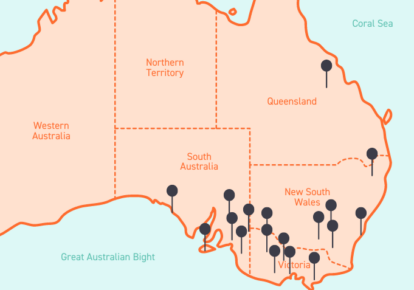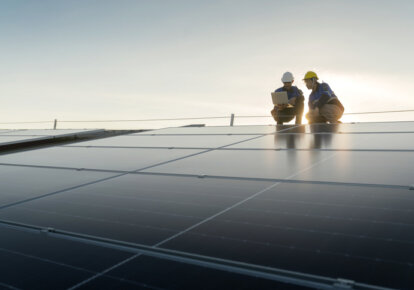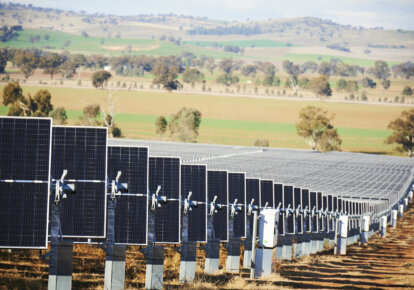High demand for power places pressure on the grid, and weather events such as extreme heat or wind can negatively affect electricity infrastructure, potentially leading to supply interruptions.
The desire to stay cool places enormous burden on Australia’s electricity supply as it provides 40 per cent more power than under normal circumstances.
High demand places pressure on the grid, and weather events such as extreme heat or gusty wind can negatively affect electricity infrastructure, leading to supply interruptions.
What happens to electricity supply during heatwaves?
Along with stress on the system due to the high demand, a shortage of electricity supply can be due to several factors. For example,
- A heat-related fault in a generator
- Reduced capacity in a transmission line to avoid equipment damage
- Power lines shutting down to minimise the risk of bushfire.
In rare cases, the Australian Electricity Market Operator (AEMO) might direct network providers to undertake “load shedding”, where they turn off parts of the network for short periods of time to reduce stress due to higher-than-average consumption.
These supply interruptions normally only affect localised areas of the electricity grid. But, as we saw in South Australia in 2016, when high winds knocked out high-voltage lines, outages can be widespread.
We often hear politicians and interest groups suggesting that this means we need more power sources to meet demand.
This is a bit like saying we need multi-storey carparks outside schools to cope with the demand at school pick up times.
There is another way to help ease the burden on the system, especially for large electricity consumers especially for large electricity consumers, while keeping their bills in check.
Demand Response
When temperatures soar – especially during extended heatwaves – it is not uncommon to see high spot prices in the wholesale electricity market. This, in turn, signals peak generators (at higher prices) to enter the market to meet supply.
One of the best ways to provide back up, is to utilise Demand Response, this can be used to ensure supply is maintained. At these relatively infrequent times when the grid needs it most, Demand Response customers are alerted and following a pre-arranged protocol power down and or switch to back-up generators
Powering down at these times reduces both demand on the network and electricity costs.
When a business signs up to demand response programs with Flow Power for the AEMO RERT or ARENA programs, you can earn considerable additional income during these times.
Demand Response really is only a back up option with the RERT program, having only being called on once over the past summer and so far, no activations for ARENA.
Combined with a wholesale purchasing of electricity, the Demand Response solution offers a double benefit as you not only earn money, but you save it as well – even for standing by.
Learn more about this double benefit by watching the recording from Flow Power’s webinar.
Any questions? We’re here to help.
If you’re interested in learning more about demand response, our friendly team are always available for a chat.
If you’re an existing Flow Power customer, please do not hesitate to reach out to your account manager.
If you’re not a Flow Power customer contact our friendly team today:
? 1300 08 06 08 (within business hours)
?️ Live chat message (within business hours via the chat button at the bottom of your screen)
Alternatively, you can submit your questions through our website contact form here.














